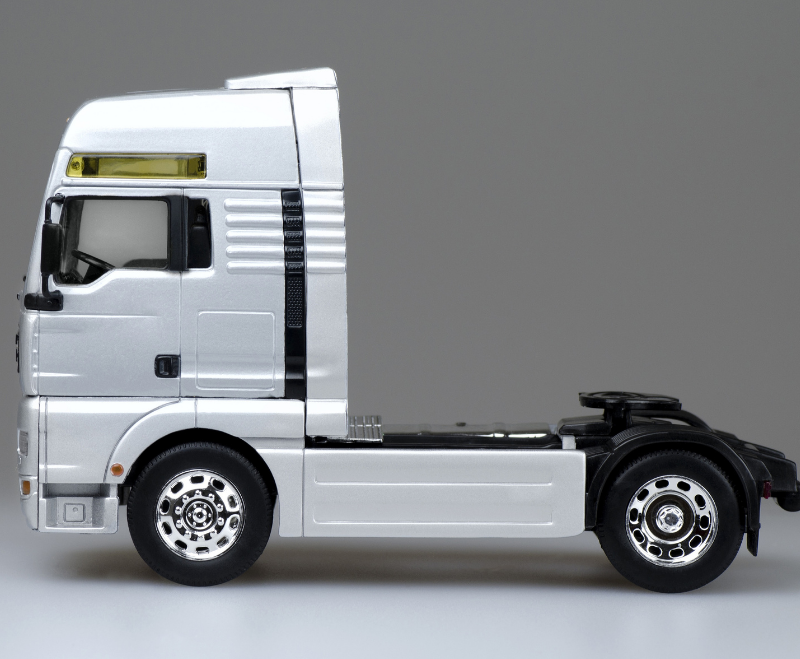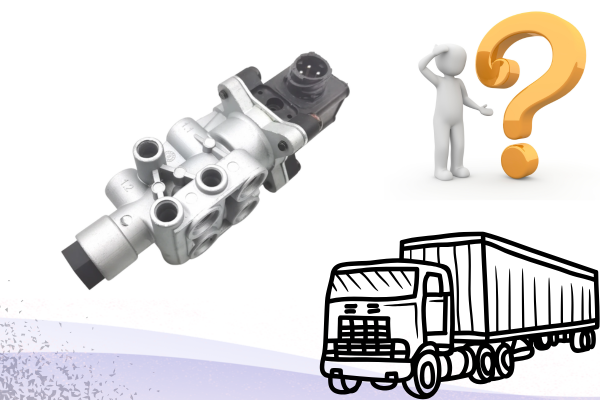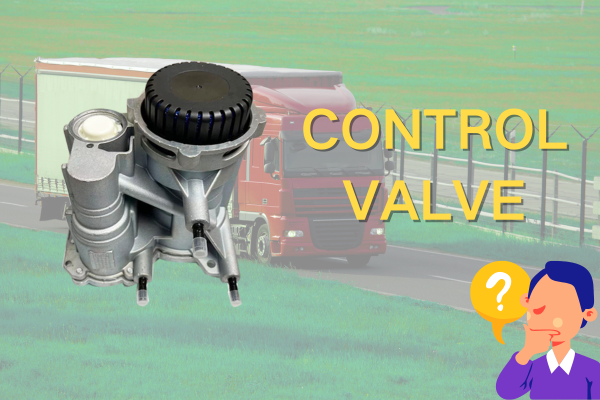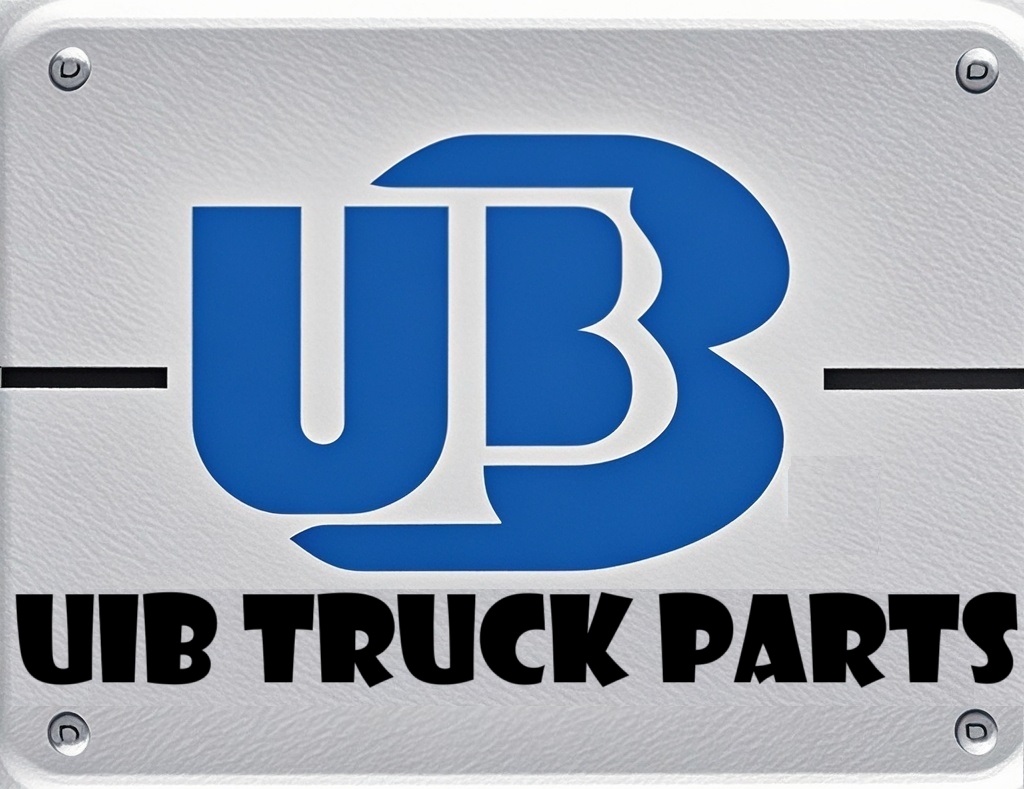About Us
Why Can Heavy-Duty Truck Forged Aluminum Wheels Bear the Weight of Trucks?
Views : 146
Update time : 2025-06-24 17:24:18
When driving, we often encounter bumpy roads. Such poor road conditions not only affect the driving experience but may also damage the vehicle. Behind this, overloading of trucks is often the “prime culprit.” There are strict weight limits for vehicles on the road. Once overloaded, roads and bridges may be overwhelmed. At this point, many people can't help but wonder: How can tiny tires and wheels steadily support the weight of trucks, which can reach several tons or even dozens of tons, without bursting or collapsing? Let's uncover the mystery.

Tires: Ingenious Load-Bearing and Cushioning Design
As the components that directly contact the ground, tires serve as the “first line of defense” for supporting the entire vehicle's weight. They achieve support and cushioning mainly through the internal inflated gas and unique structures. Proper tire pressure is crucial—both excessively high and low tire pressures can affect the tire's load-bearing capacity and safety. At standard tire pressure, tires can not only effectively distribute the vehicle's weight but also better absorb road vibrations during driving, protecting the vehicle's chassis.
In addition, trucks have numerous tires, which is a significant “advantage” for load-bearing. Multiple sets of tires work together to evenly distribute the entire vehicle's weight, significantly reducing the actual pressure borne by each tire. However, the roles of truck tires are not entirely the same. The forces borne by the front, middle, and rear tires differ: The front tires are mainly responsible for steering, bearing part of the weight while requiring flexible rotation; the middle and rear tires undertake the main load-bearing tasks. Made of high-strength rubber, tires are both elastic and tough, resistant to wear and pressure. Within the reasonable load range, they can effectively avoid the risk of tire bursts.

Wheels: Scientific Structure and Material Support
The load-bearing principle of wheels is different from our intuitive perception. The vehicle's gravity does not directly press on the outer rim of the wheel but is transmitted to the wheel through bearings. The central bearing withstands compressive forces in the vertical direction and tensile forces in other directions, evenly distributing the vehicle's pressure to all parts of the wheel. This enables the entire wheel to bear the load together, rather than relying on a single wheel spoke. It's like “one chopstick can be easily broken, but a bunch of chopsticks is hard to bend”—collective force-bearing greatly enhances the wheel's load-bearing capacity.
In addition to the ingenious structural design, the materials and manufacturing processes of wheels are equally crucial. Currently, common materials for vehicle wheels include steel, iron, and aluminum alloy. Take forged aluminum wheels as an example. The aluminum alloy materials used have excellent impact resistance and tensile strength, allowing them to withstand enormous pressure without deformation. In terms of manufacturing processes, forging costs more than methods like gravity casting and low-pressure precision casting but can significantly improve wheel performance. Forged aluminum alloy wheels have a denser internal metal structure, greatly enhancing their pressure-bearing capacity. Test data shows that the deformation resistance of forged aluminum alloy wheels is five times that of ordinary steel wheels!
Safety Warning: The Hazards of Overloading Cannot Be Ignored
Despite the excellent load-bearing capacity of tires and wheels, they are not invincible. Overloading poses great risks to vehicles and roads. On one hand, overloading puts tires and wheels under long-term excessive stress, accelerating component wear and greatly increasing the risk of tire bursts and wheel fractures. On the other hand, the damage caused by overloaded vehicles to roads and bridges not only shortens the service life of infrastructure but may also lead to serious traffic accidents.
Here, we earnestly remind all truck drivers: Overloading is extremely irresponsible to your own and others' lives and safety. For road safety and family happiness, please strictly abide by weight regulations and refuse to overload!
#Heavy-Duty Truck Forged Aluminum Wheels #Load-Bearing Principle #Tire Design #Wheel Structure #Overloading Hazards
相关新闻
 Revealing Three Little-Known Facts About Trucks
Revealing Three Little-Known Facts About Trucks
Aug 06,2025
This article presents three little-known facts about trucks, including that the cab can be flipped for engine maintenance, the rearview mirrors are equipped with defrosting and deicing functions, and the small tank next to the fuel tank is an urea tank which is crucial for environmental protection. It helps readers understand the secrets behind truck designs and functions.
 Control Valve: The "Key Steward" in Truck Engines
Control Valve: The "Key Steward" in Truck Engines
Aug 05,2025
This article introduces the role of the control valve in the diesel pump, including controlling fuel quantity and stabilizing pressure; lists symptoms when it malfunctions, such as weakened power and increased fuel consumption; provides maintenance methods, and illustrates through cases that paying attention to the control valve can avoid unnecessary expenses.
 Control Valve: The "Invisible Commander" of Truck Power
Control Valve: The "Invisible Commander" of Truck Power
Aug 05,2025
The control valve is an indispensable core regulating component in the truck power system. Although it hides inside the machinery and keeps a low profile, it relies on its powerful functions to precisely command the rhythm of power output, comprehensively ensure driving safety, and intelligently adapt to various working conditions. With sophisticated design techniques and durable material selection, it can achieve a perfect balance between power and efficiency in various complex scenarios, and can be called the invisible cornerstone supporting the efficient and stable operation of trucks.
 Truck Snow Chains: Safety Guarantee on Icy and Snowy Roads
Truck Snow Chains: Safety Guarantee on Icy and Snowy Roads
Jul 28,2025
This article elaborates on truck snow chains, including their important role on icy and snowy roads, applicable scenarios, selection methods, installation steps, and usage precautions. It aims to provide references for truck drivers to drive safely in icy and snowy weather and reduce accidents caused by slippery roads.
